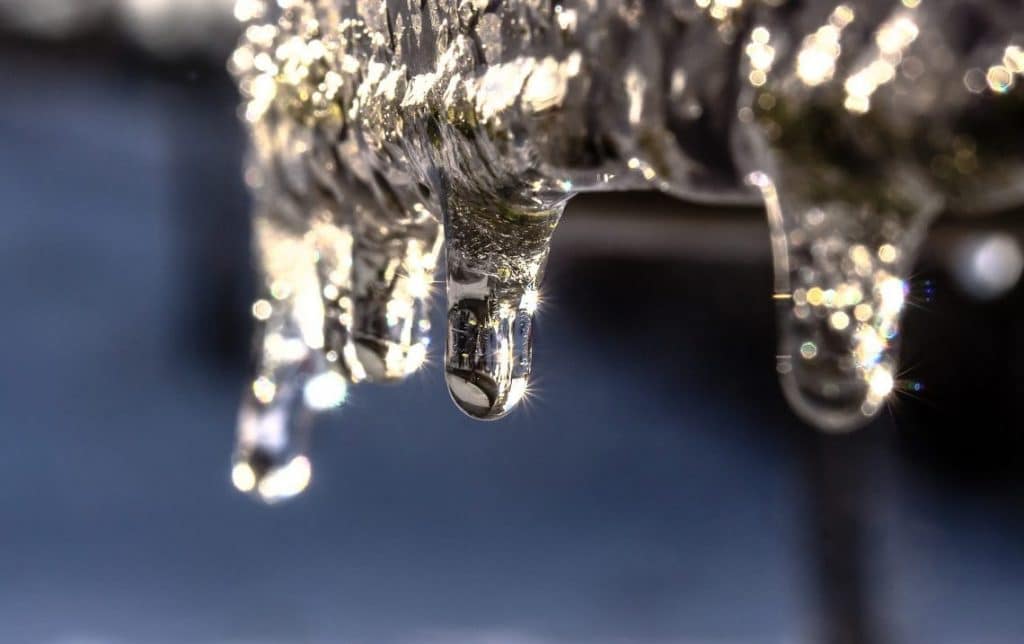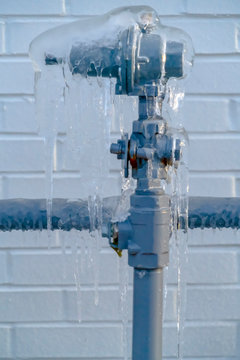How to Keep Your Pipes from Cold Weather Issues: Crucial Advice
How to Keep Your Pipes from Cold Weather Issues: Crucial Advice
Blog Article
On this page on the next paragraphs you can locate lots of awesome advice concerning Winter Plumbing Precautions: Preventing Frozen Pipes.

Cold weather can wreak havoc on your pipes, especially by freezing pipelines. Right here's how to stop it from occurring and what to do if it does.
Intro
As temperatures decline, the threat of frozen pipes rises, potentially leading to expensive fixings and water damage. Recognizing how to prevent frozen pipelines is crucial for property owners in cool climates.
Understanding Frozen Pipelines
What creates pipelines to freeze?
Pipes ice up when revealed to temperature levels listed below 32 ° F (0 ° C) for expanded periods. As water inside the pipes ices up, it expands, putting pressure on the pipe walls and potentially creating them to rupture.
Dangers and problems
Frozen pipelines can cause supply of water disruptions, residential or commercial property damages, and costly fixings. Ruptured pipes can flooding homes and cause considerable structural damage.
Indicators of Frozen Piping
Determining icy pipelines early can avoid them from rupturing.
How to recognize icy pipes
Try to find lowered water circulation from faucets, unusual odors or noises from pipelines, and noticeable frost on exposed pipes.
Prevention Tips
Protecting prone pipelines
Cover pipelines in insulation sleeves or utilize warm tape to secure them from freezing temperature levels. Concentrate on pipelines in unheated or external areas of the home.
Heating techniques
Keep indoor rooms properly heated up, particularly areas with pipes. Open up cupboard doors to permit warm air to circulate around pipelines under sinks.
Shielding Outside Plumbing
Yard pipes and outdoor taps
Disconnect and drain yard hose pipes prior to winter months. Mount frost-proof faucets or cover outdoor faucets with protected caps.
What to Do If Your Pipes Freeze
Immediate activities to take
If you suspect icy pipes, keep taps available to relieve pressure as the ice thaws. Utilize a hairdryer or towels taken in hot water to thaw pipes gradually.
Long-Term Solutions
Structural adjustments
Take into consideration rerouting pipes away from outside wall surfaces or unheated locations. Add extra insulation to attics, cellars, and crawl spaces.
Updating insulation
Buy high-grade insulation for pipes, attics, and walls. Proper insulation helps preserve consistent temperature levels and minimizes the threat of icy pipes.
Conclusion
Protecting against frozen pipelines requires proactive actions and fast reactions. By understanding the reasons, indicators, and preventive measures, homeowners can safeguard their plumbing throughout cold weather.
6 Proven Ways to Prevent Frozen Pipes and Protect Your Home
Disconnect and Drain Garden Hoses
Before winter arrives, start by disconnecting your garden hoses and draining any remaining water. Close the shut-off valves that supply outdoor hose bibs and leave the outdoor faucet open to allow any residual water to drain. For extra protection, consider using faucet covers throughout the colder months. It’s also important to drain water from any sprinkler supply lines following the manufacturer’s directions.
Insulate Exposed Pipes
Insulating your pipes is an effective way to prevent freezing. Pipe insulation is readily available at home improvement stores and is relatively inexpensive. Pay close attention to pipes in unheated areas such as the attic, basement, crawl spaces, or garage. Apply foam insulation generously to create a buffer against the cold. You can also wrap your pipes in heat tape or thermostat-controlled heat cables for added warmth.
Seal Air Leaks
Inspect your home for any cracks or openings that could let in cold air. Seal any holes around the piping in interior or exterior walls, as well as the sill plates where your home rests on its foundation. Additionally, make sure to keep your garage door closed unless you’re entering or exiting. Leaving it open creates a significant air leak that can lead to frozen pipes.
Allow Warm Air Circulation
During cold snaps, it’s essential to allow warm air to circulate evenly throughout your home. Leave interior doors ajar to promote better airflow. Open kitchen and bathroom cabinets to help distribute heat consistently around the rooms. If you have small children or pets, be sure to remove any household chemicals or potentially harmful cleaners from open cabinets for safety.
Let Faucets Drip
A small trickle of water can make a big difference in preventing ice formation inside your pipes. When temperatures drop significantly, start a drip of water from all faucets served by exposed pipes. This continuous flow helps prevent the water from freezing. Additionally, running a few faucets slightly can relieve pressure inside the pipes, reducing the chances of a rupture if the water inside does freeze.
https://choateshvac.com/6-proven-ways-to-prevent-frozen-pipes-and-protect-your-home/

Do you really like reading up on How to prepare your home plumbing for winter weather? Write a remark further down. We'd be happy to find out your reactions about this post. We hope that you visit us again soon. Don't hesitate to take the time to distribute this page if you enjoyed reading it. Thank you so much for your time spent reading it.
Book Report this page